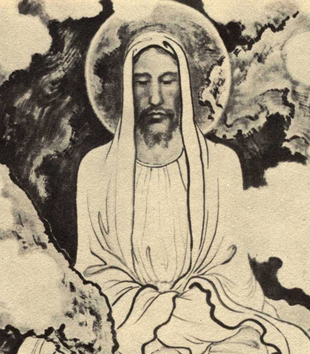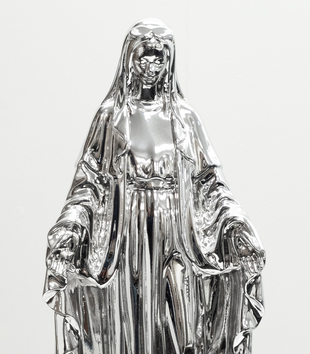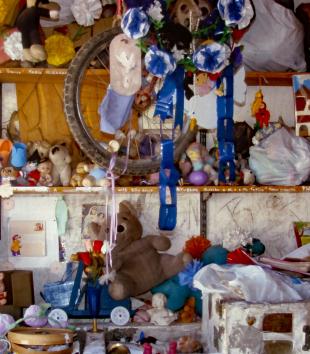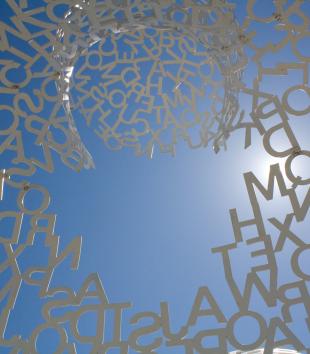MAVCOR Journal
born digital, peer-reviewed
 In Search of Multiple Colors of Christ: Daniel J. Fleming and the American Protestant Encounter with Asian Christian Visual Arts, 1937-1940
In Search of Multiple Colors of Christ: Daniel J. Fleming and the American Protestant Encounter with Asian Christian Visual Arts, 1937-1940
Fleming’s trilogy illustrates the complex dynamics of race, religion, and visual arts in the interwar United States. Though the extant scholarship highlights the increasing Anglo-Saxonization of Jesus’s body in American visual culture in this era, Fleming’s story reveals a virtually opposite impulse in liberal Protestantism: to search for multiple colors of Christ.
 Like a Virgin? Breaking, (un)making, and replicating the Madonna across time, space, and toy stores
Like a Virgin? Breaking, (un)making, and replicating the Madonna across time, space, and toy stores
The authors set the nucleating body of the medieval Virgin in conversation with contemporary reimaginings of the Madonna to ask how hybridization, fracture, insertion, assemblage, color, multiplicity, and meaning around sacred and secular exchange can change the way we know and see in relation to these forms from the medieval to the postmodern.
 Petitionary Devotion: Folk Saints and Miraculous Images in Spanish America
Petitionary Devotion: Folk Saints and Miraculous Images in Spanish America
Votive practice in the Americas has Indigenous, Christian, and syncretic origins that contribute to the diversity of offerings, as do social class, gender, age, and region. Petitionary devotion is structured by an exchange that the votary proposes to a folk saint or miraculous image. The offerings that votaries promise are based on the presumption that folk saints and miraculous images, because they are like us, value what we value.
 Characterizing Material Economies of Religion in the Americas: An Introduction
Characterizing Material Economies of Religion in the Americas: An Introduction
Kati Curts and Alex Kaloyanides introduce this special issue of MAVCOR Journal devoted to examining four key categories: “Material,” “Economies,” “Religion,” and “America(s).” The ambition of this issue is that the collective inquiries of its authors, which span various interpretive histories and genealogical fragments, can offer ways to better understand their assorted conveyances, as well as the powerful grip of their critical conjunction.
 Depicting Kongo and Angola in the Seventeenth and Eighteenth Centuries
Depicting Kongo and Angola in the Seventeenth and Eighteenth Centuries
As part of their activities in Kongo and Angola Capuchin Franciscan friars created dozens of images and wrote hundreds of pages of text in works that they called "practical guides." These Capuchin didactic images form an exceptionally important corpus that enriches our knowledge of central Africa and dramatically multiplies the European-format visual record about the African continent before 1800.
 The Intimate Ironies of the Wifey: Material Religion and the Body
The Intimate Ironies of the Wifey: Material Religion and the Body
From the familiarity of scent to the spread of colonial/space time, and through Black vernacular culture and “linking” us to divine power through the digital, Ellen Amster, Dusty Gavin, and Suzanne van Geuns introduce us to the strange intimacies of the wifey.
